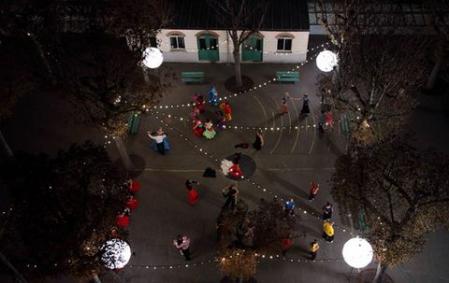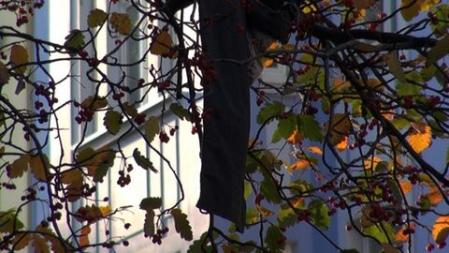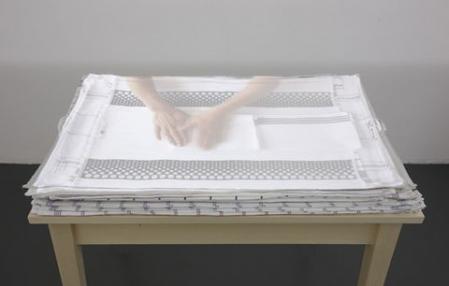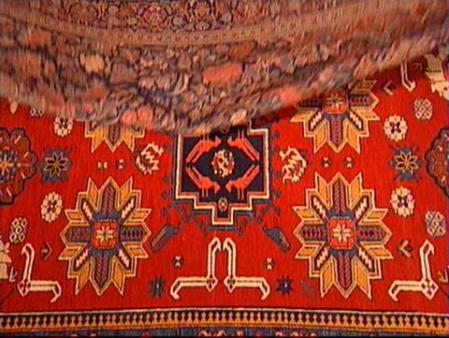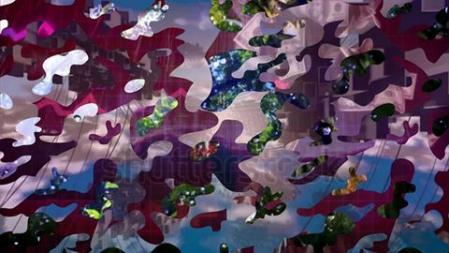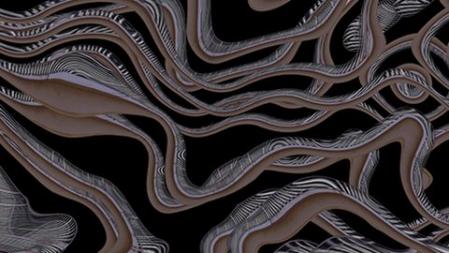dis order – The Rythm Is …
Temporal Orders in Moving Images
For media such as video and film, temporal patterns (rhythms) are significant in addition to visual ones. For this reason, media artworks from Video Studio V repeatedly feature in the exhibition dis order. The exhibition, whose works are mostly on loan from artists, shows a range of topics from contemporary aspects of choreographic patterns to rhythms of electronic music and current positions on digital media and their influence on Modern orders.
With her media installation Handarbeit (Manual work), Swiss artist Evelina Cajacob directs our attention towards an everyday, ordering task, namely folding tea towels. The activity takes place in a rhythmic sequence of movements, in which the artist’s hands fold tea towels with different patterns into rectangles. Melanie Manchot shows an alternative choreography in her film Dance All Night (Paris). Here the autonomous dance becomes a synthesis of individual and collective. In the first few minutes we see couples dancing into an inner courtyard at night. Yet no music is playing. More and more people step onto the marked rectangle of the courtyard and start dancing dances from all kinds of cultures. Dance is a pattern come alive, one that people inscribe into the space.
Pattern recognition
As a teacher at the Bauhaus, László Moholy-Nagy produced numerous form studies, which he finally published in 1925 in his Bauhaus book Malerei. Fotografie. Film. (Painting Photography Film). In it he encouraged readers to, among other things, take pictures of patterns and structures such as paving stones and building façades. This “searching eye” is particularly apparent in his film on the old port of Marseille. Düsseldorf-based painter Andreas Korte collects everyday situations, which he compiles into abstract short films. In the film MAALESH by Boaz Kaizmann and Erik Sick Persian rugs are presented like pictures. The voice of an elderly man tells the story of a museum intended to show art of the Iranian Modern Age in Teheran in the 1970s.
Digital world of patterns
A young generation of artists uses digital technology as a self-evident medium and simultaneously questions it. The video Sample by artist Robert Olawuyi presents a highly contemporary visual translation of a musical rhythm. In The Perfect Storm Maximilian Schmötzer reflects on the use of the seemingly infinite image databases. The project Autoscopic Hallucination by Mohammad Ekhlasi tells of the unexpected emergence of a new ritual in the city of Vienna, where ornament was declared a crime.
Next Chapter: A Short History of Disorder …
Back to dis order …
Share on

